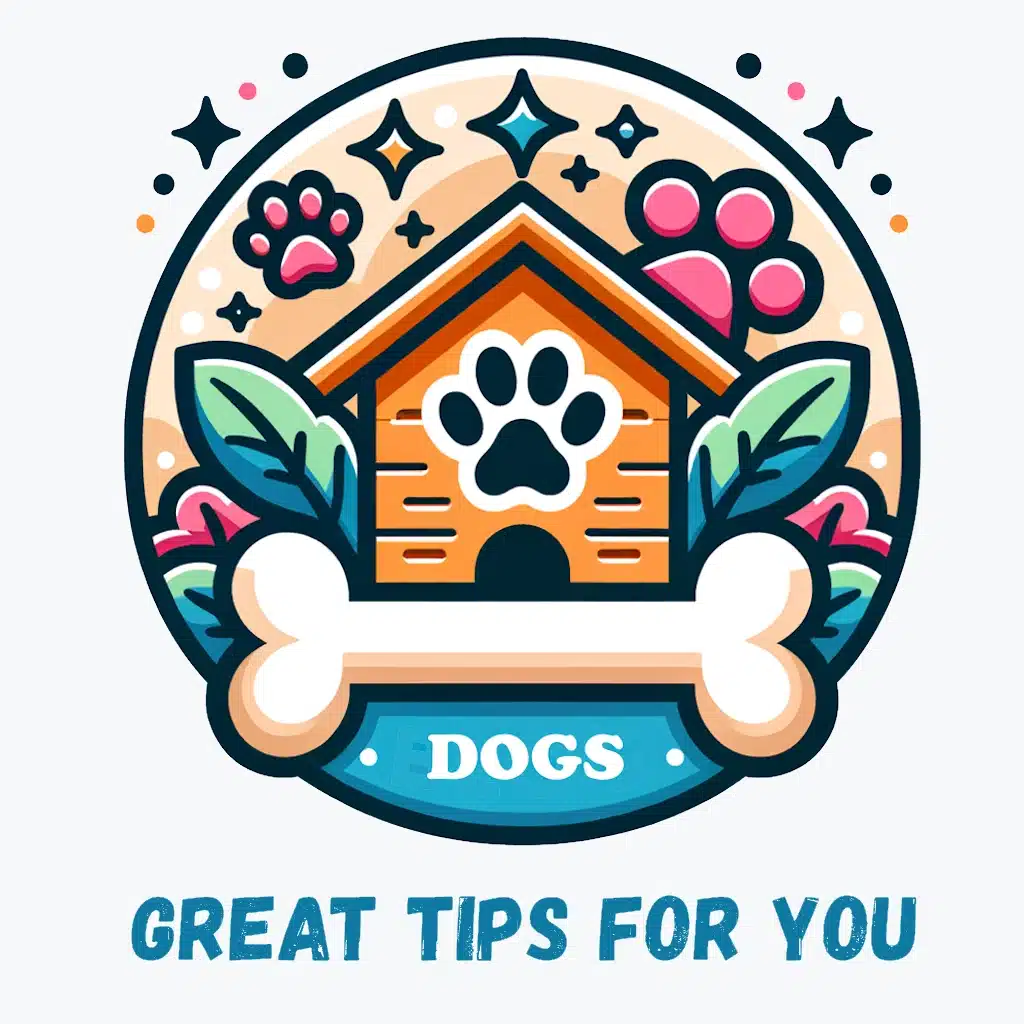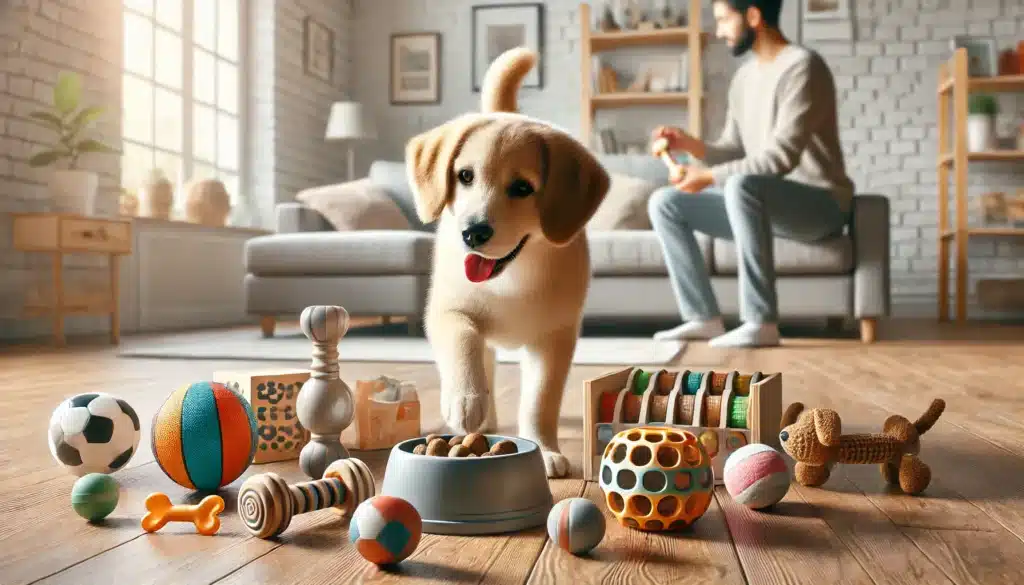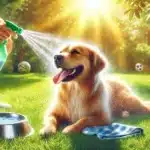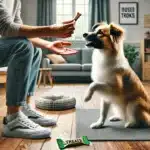Dogs need more than just belly rubs and daily walks — they need mental stimulation, too. That’s where interactive toys come in. These toys challenge your dog’s brain, encourage independent play, and provide a healthy outlet for natural instincts like chewing, foraging, and problem-solving.
In this guide, we’ll explore the best types of interactive dog toys, how to choose the right one for your pup, and how to use them to prevent boredom, reduce anxiety, and boost learning.
What Are Interactive Toys?
Interactive dog toys are designed to engage your dog’s mind — not just their mouth. Unlike basic balls or plush toys, interactive toys:
- Require problem-solving
- Reward effort with treats, sounds, or movement
- Encourage focus and patience
- Often involve food, scent, or motor skills
They’re especially useful for:
- Dogs left home alone
- High-energy breeds
- Puppies in training
- Senior dogs needing low-impact stimulation
Benefits of Interactive Toys
🧠 Mental Exercise
Keeps your dog sharp and satisfied, reducing boredom-related behaviors like chewing and barking.
⏳ Independent Play
Great for solo time when you’re working or busy.
🐾 Natural Behavior Outlet
Let dogs do what dogs love — sniffing, pawing, chewing, and problem-solving.
😌 Stress Reduction
Chewing and licking are calming activities that release feel-good hormones.
🍖 Slow Feeding
Some toys help reduce gulping and improve digestion by spreading out meals.
Top Categories of Interactive Dog Toys
1. Treat-Dispensing Toys
Dogs must roll, push, or chew to release treats.
Best for: Food-motivated dogs of any age
⭐ Popular examples:
- KONG Classic
- Fill with peanut butter, wet food, or kibble
- Freeze for a longer-lasting challenge
- Starmark Bob-A-Lot
- Adjustable difficulty
- Dispenses treats as your dog knocks it around
- Outward Hound Treat Maze
- Great for puppies and light chewers
2. Puzzle Toys
Dogs use their nose, mouth, or paws to move parts and find hidden treats.
Best for: Smart, curious, and problem-solving dogs
⭐ Popular examples:
- Nina Ottosson puzzles
- Various difficulty levels
- Sliding doors, spinning wheels, liftable flaps
- Trixie Activity Boards
- Comes with pegs, drawers, and lids
- Builds patience and concentration
3. Snuffle Mats
Encourages dogs to forage for food using their sense of smell.
Best for: Dogs of all ages, especially scent-driven breeds
Benefits:
- Mimics natural scavenging
- Promotes calmness and focus
- Easy to clean and store
Tip: Start with kibble, then move to lower-scent treats for more challenge.
4. Chew + Challenge Toys
Combines chew satisfaction with problem-solving.
Best for: Strong chewers and anxious dogs
Recommended:
- West Paw Zogoflex Toppl
- Durable, food-stuffable, dishwasher-safe
- Benebone Dental Chew Toys
- Flavored and textured to last
- Lickimats
- Spread with yogurt or peanut butter to calm and soothe
- Great for crate time or grooming
5. Movement-Activated Toys
These respond to touch, making them engaging and unpredictable.
Best for: Playful dogs and puppies
Fun picks:
- Giggle Balls: Make noise when rolled
- Automatic ball launchers (like iFetch): Great for fetch lovers
- Robotic motion toys: Bounce or wiggle when bumped
Always supervise play with battery-operated toys, especially with heavy chewers.
How to Choose the Right Toy for Your Dog
Consider:
🐶 Size & Strength
- Choose appropriately sized toys for your dog’s breed and bite strength
- Look for “tough” or “durable” labels for power chewers
🧠 Personality
- Curious problem-solvers? Try puzzles.
- Food-obsessed? Use treat-dispensers or mats.
- Energetic pups? Go for moving toys or launchers.
📏 Difficulty Level
Start with easy toys and gradually increase complexity to avoid frustration.
🧽 Maintenance
Opt for toys that are easy to clean, especially those involving food.
Tips for Using Interactive Toys Effectively
- Rotate toys weekly to maintain novelty
- Use during mealtimes to turn food into enrichment
- Supervise the first few uses to teach your dog how the toy works
- Praise and reward effort — make it fun!
- Keep a few toys exclusive to alone time to reduce separation anxiety
DIY Interactive Toy Ideas
Low on budget? Try these:
- Muffin tin + tennis balls: Hide treats under the balls
- Towel roll: Hide food in a towel, roll it up, and let your dog unroll it
- Plastic bottle (empty, cap removed) with some kibble inside
- Cardboard box puzzles with paper layers and hidden snacks
Just be sure to supervise and remove parts if they become a choking hazard.
Final Thoughts: Smarter Toys, Happier Dogs
Interactive toys are more than just distractions — they’re tools for building a healthier, calmer, and more fulfilled dog. By challenging your dog’s mind and giving them meaningful work to do, you’ll reduce problem behaviors and strengthen your bond in the process.
Try a few, rotate often, and have fun watching your pup figure things out — tail wags guaranteed.







